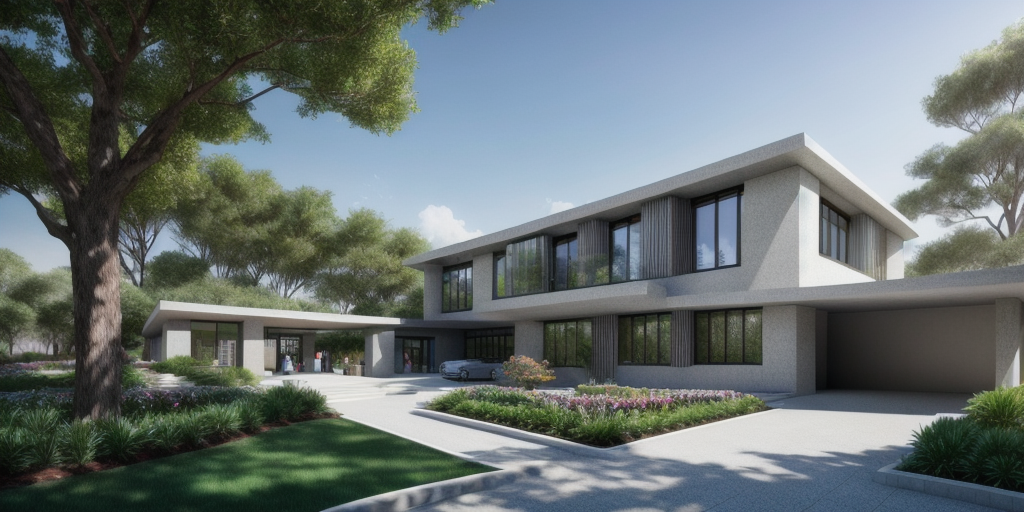
Towards an Architecture of Many Intelligences: How Collective Knowledge Shapes the Built Environment
How did your country report this? Share your view in the comments.
Introduction:
The news topic “Towards an Architecture of Many Intelligences: How Collective Knowledge Shapes the Built Environment” has drawn international attention, with various media outlets providing diverse insights, historical context, political stances, and on-the-ground developments. Below is a curated overview of how different countries and media organizations have covered this topic recently.
Quick Summary:
- Vernacular traditions embed generations of environmental knowledge, often transmitted through materials, construction techniques, and spatial logics finely tuned to local conditions. participatory platforms expand decision-making to wider communities to take part in shaping their environments, redistributing agency in the design process. computational processes simulate and respond to complex data in real time, offering new forms of adaptability.Together, these approaches reflect a shift from linear authorship to iterative co-creation, challenging the model of the architect as sole author, in which architecture emerges not as a fixed outcome but as a dynamic process shaped by multiple intelligences, each with its logic, rhythm, and scale. It is a field of convergence where natural, artificial, and social intelligences intersect.
Country-by-Country Breakdown:
Original Coverage
Vernacular traditions embed generations of environmental knowledge, often transmitted through materials, construction techniques, and spatial logics finely tuned to local conditions. participatory platforms expand decision-making to wider communities to take part in shaping their environments, redistributing agency in the design process. computational processes simulate and respond to complex data in real time, offering new forms of adaptability.Together, these approaches reflect a shift from linear authorship to iterative co-creation, challenging the model of the architect as sole author, in which architecture emerges not as a fixed outcome but as a dynamic process shaped by multiple intelligences, each with its logic, rhythm, and scale. It is a field of convergence where natural, artificial, and social intelligences intersect. Read full article
Global Perspectives Summary:
Global media portray this story through varied cultural, economic, and political filters. While some focus on geopolitical ramifications, others highlight local impacts and human stories. Some nations frame the story around diplomatic tensions and international relations, while others examine domestic implications, public sentiment, or humanitarian concerns. This diversity of coverage reflects how national perspectives, media freedom, and journalistic priorities influence what the public learns about global events.
How did your country report this? Share your view in the comments.
Sources:
Source: https://www.archdaily.com/1029706/towards-an-architecture-of-many-intelligences-how-collective-knowledge-shapes-the-built-environment

